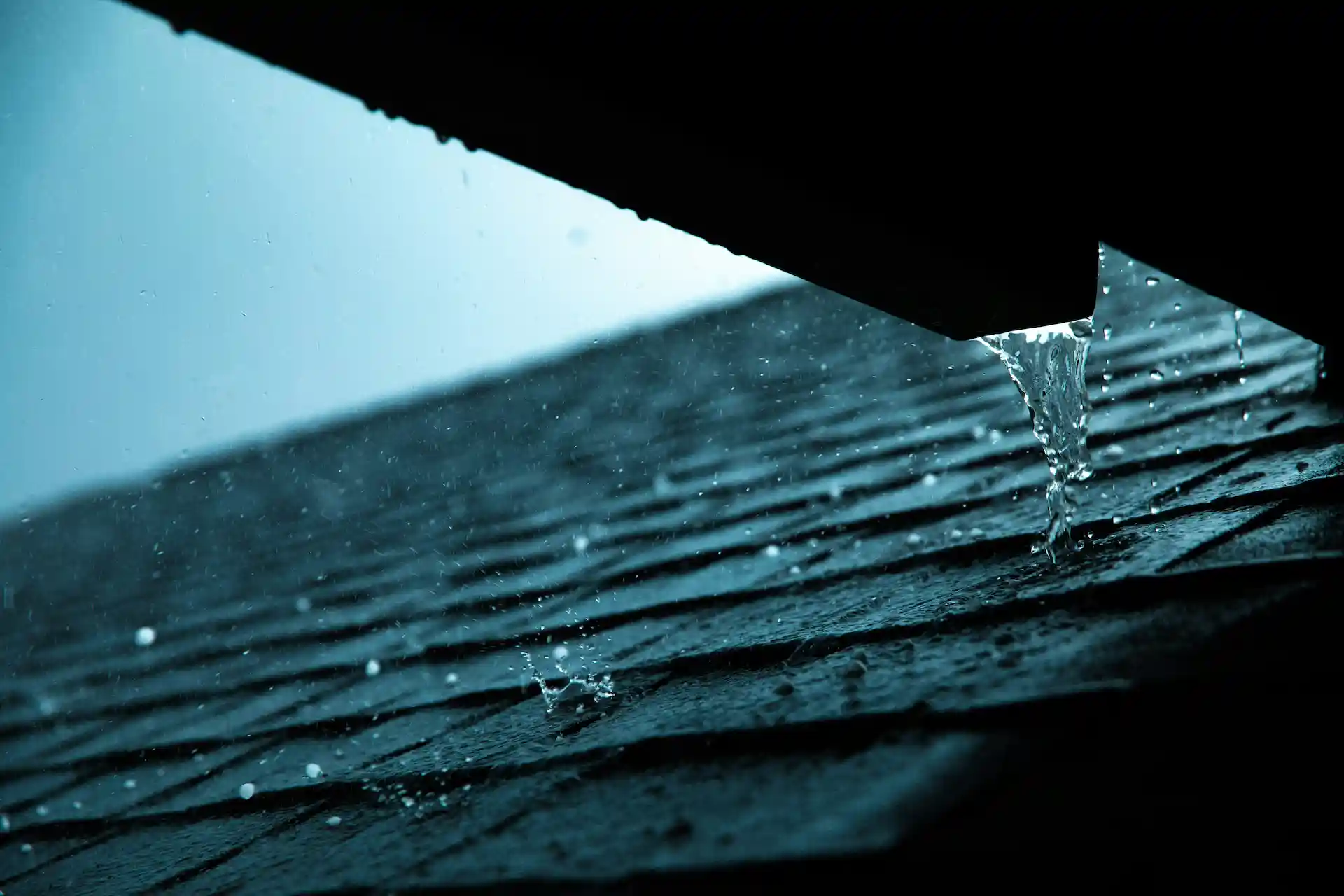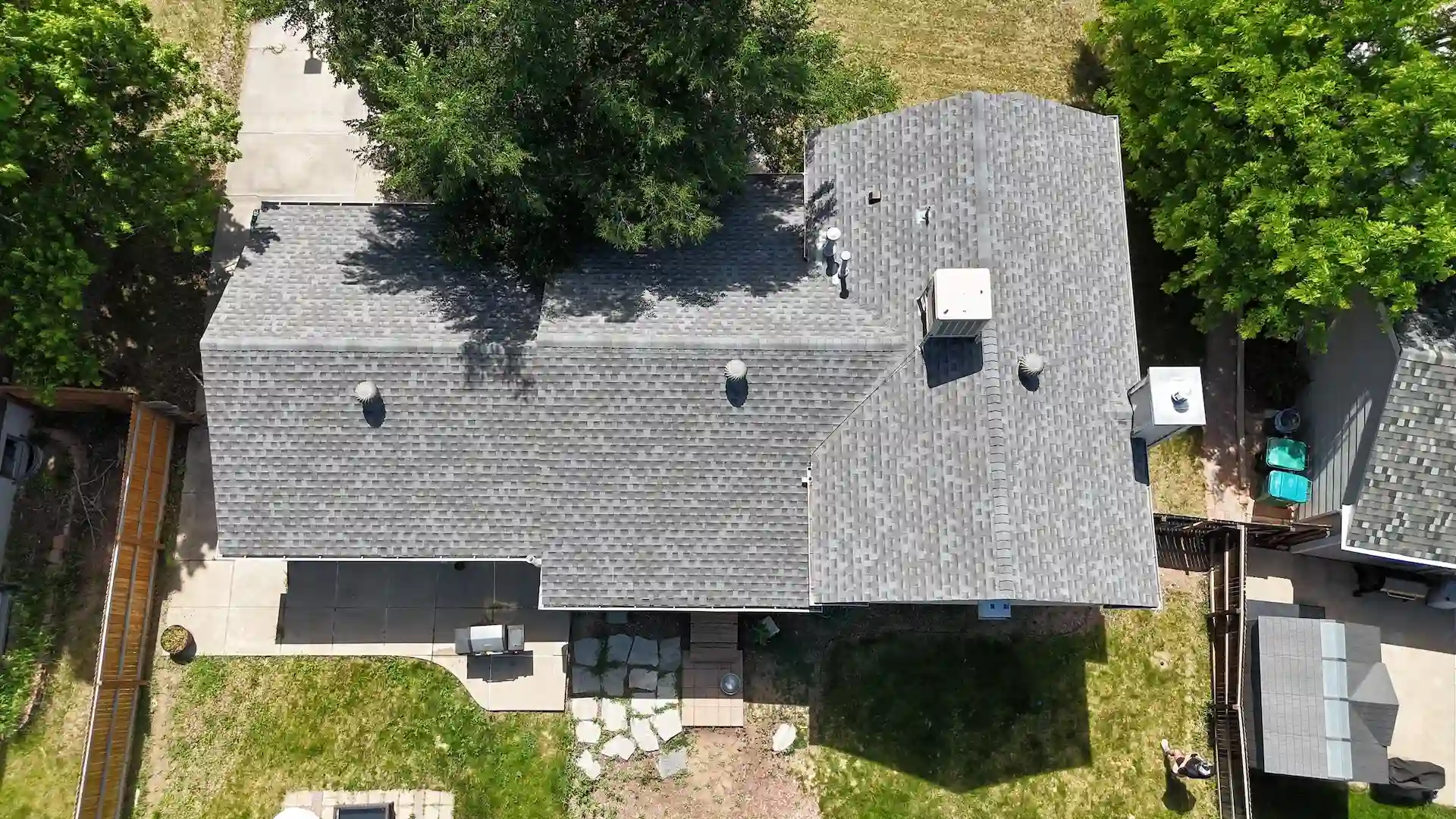Essential Guide: How to Repair Roof Leaks Effectively and Efficiently
Learn how to spot, fix, and prevent roof leaks in Colorado—and when to call a pro to keep your home safe from hail, snow, and storm damage.

Introduction to Roof Repair
A roof leak is more than an inconvenience, it can quickly cause water damage, mold growth, or even structural damage to your home or commercial building. Here in Colorado, where hail, high winds, and heavy snow are common, leaks often develop suddenly and worsen overnight.
Understanding the basics of roof repairs helps you spot obvious signs of trouble, from missing shingles to damaged flashing. While some DIY roof repair projects can stop a small leak, larger issues often require a professional roofer or roofing contractor to keep your property safe.
Regular roof inspection and preventative maintenance are especially important in Colorado’s climate. Our intense UV exposure, freeze–thaw cycles, and spring storms shorten the life of many roofs compared to milder states.
Identifying Roof Leaks
Most leaks start small. To find them:
- Check for water stains or peeling paint on your ceiling.
- Inspect the attic floor for damp insulation, wet areas, or mildew.
- Look closely at roof valleys, chimneys, vents, and window edges where leaks often form.
- Use a garden hose to simulate rain and pinpoint the exact location of a leaky roof.
Common Causes of Roof Leaks in Colorado
-
Missing or damaged shingles, often the result of hail or high winds during spring and summer storms.
-
Damaged flashing around skylights, chimneys, or vents, weakened by constant freeze–thaw cycles.
-
Clogged gutters packed with ice, debris, or pine needles, forcing water back under the roof edge.
-
Ice dams, which trap meltwater on the roof in mountain and foothill areas.
-
Old roof materials, Colorado’s altitude speeds up shingle aging, with asphalt shingles often lasting 15–25 years here instead of 30+.
These issues compromise the roof deck and surrounding materials, leading to most leaks Colorado homeowners experience.
DIY Tips for Small Repairs
Let’s be real, no one wants to spend extra money if they don’t have to. If you’re comfortable with ladders and have the right safety equipment, you can try some light repairs yourself to stop a small leak in the short term. Things like:
-
Using a utility knife or putty knife to remove old sealant or damaged shingles.
-
Applying a generous bead of roofing cement or roof sealant over the problem spot.
-
Sliding in new shingles, lining them up with your surrounding shingles, and fastening with roofing nails.
-
Adding a rubber boot or adhesive seal around roof vents for a quick watertight seal.
-
Swapping out old step flashing or putting in new flashing with a flat bar or pry bar.
These fixes can hold things together for a little while, and you’ll probably save some cash upfront. But here in Colorado, where hail and snow pile up on your roof, DIY repairs rarely last as long as you’d like. Think of these as short-term band-aids, they buy you time, but calling in a professional roofer is usually the smarter long-term move.
Fixing a Leaking Roof: Step-by-Step
If you really want to roll up your sleeves, here’s how you’d typically fix a roof leak yourself:
-
Find the exact location of the leak (sometimes the hardest part).
-
Gather your materials needed: new shingles, roofing nails, roofing cement, a flat bar, and a putty knife.
-
Start removing shingles that are cracked, curling, or blown off.
-
Apply sealant to patch small holes or gaps.
-
Put down new shingles and new flashing, nail them in securely, and seal edges.
-
Cover any exposed nails with a dab of roofing cement so water can’t sneak through.
This can work for both asphalt and flat roof systems if the issue is isolated. But if you’ve got multiple leaks, hail-damaged shingles, or an old roof that’s showing its age, it’s usually best to let a roofing contractor step in.
They’ll make sure the repair actually holds up to Colorado’s wild weather, which saves you from repeating the same patch job again and again.
How Much Does Roof Leak Repair Cost in Denver?
Roof leak repair costs in Colorado, especially in the Denver metro area, depend on the type of roof, the extent of damage, and how quickly you catch the problem. Local estimates show most homeowners spend between $300 and $1,100, with an average around $650 for a standard roof leak repair.
-
Minor repairs (a few shingles, small leaks, flashing seal): $200 to $800
-
Moderate repairs (damage to underlayment, multiple leaks, flashing replacement): $800 to $1,500
-
Major repairs / partial roof replacement (extensive water damage, rot, structural issues): $1,500 to $4,000+
If hail or storm damage caused the issue, your homeowner’s insurance may cover part or all of the repair cost. Always document the damage with photos and schedule an inspection from a licensed roofer to determine whether a claim makes sense.
Repair costs can also rise for steep or hard-to-reach roofs, premium materials, or if the leak has caused mold or rot underneath. Getting a written estimate that outlines materials, labor, and warranty coverage will help you make a confident decision, and prevent surprises later on.
Bottom line: The sooner you fix a roof leak, the less you’ll spend. Small repairs handled early can save you thousands compared to waiting until the next big storm hits.
When a repair goes beyond replacing a few shingles or applying sealant, it’s time to bring in a pro.
When to Call a Professional Roofer
Not all repairs are DIY-friendly. Call a roofing contractor if:
-
You see multiple leaks or structural damage.
-
The leak is near chimneys, skylights, or roof valleys.
-
You suspect an old roof with underlying roof deck damage.
-
You’ve tried DIY, but the leaking roof persists.
If you’re unsure whether the damage is minor or something deeper, our team can inspect your roof and give you a clear repair plan before the next storm hits. A professional roofer can also diagnose hail or storm damage, determine if you need repairs or a full roof replacement, and help with insurance claims.
A professional roofer can diagnose hail or storm damage, determine if you need repairs or a new roof, and help with insurance claims.
Schedule your free inspection today to get peace of mind before winter — and make sure your roof is ready for whatever Colorado weather brings next.
Choosing the Right Materials for Colorado Roofs
Our climate demands durability:
-
Asphalt shingles are affordable but should be high-quality, impact-rated to withstand hail.
-
Use new shingles that match your roof and install with roofing adhesive for stronger wind resistance.
-
Apply sealant carefully, creating an adhesive and watertight seal around edges.
-
Install step flashing correctly at sidewalls and window edges to keep out water during snowmelt.
Investing in materials designed for Colorado’s altitude and weather pays off long-term.
Final Thoughts
Whether you’re in Denver, Boulder, Colorado Springs, or the mountain foothills, knowing how to repair roof leaks helps you protect your property. While DIY roof repair can stop a drip, Colorado’s unique mix of hail, snow, and UV exposure means most leaks should be addressed quickly by an experienced roofing contractor.
Ready for help? Contact our team today to schedule a full roof inspection and keep your home or building safe year-round.
FAQs About Roof Repair
Yes, for a small leak, you can apply sealant or replace a few damaged shingles. For storm-damaged or complex areas, it's better to call a professional.
Roofing cement or roof sealant works best for asphalt shingles. Around vents, a rubber boot provides extra protection.
Replacing one missing shingle with a new shingle and roofing nails is inexpensive, but may not fix deeper problems caused by hail or water intrusion.
In Colorado, hail and severe storm damage is often covered. Normal wear from an old roof or lack of maintenance is not.
Ready to read more?
Related Articles

Metal Roof Installation in Denver: The Ultimate Guide, Tips, and Best Practices
High Impact Team

Residential Roof Types: A Comprehensive Guide for Homeowners
High Impact Team